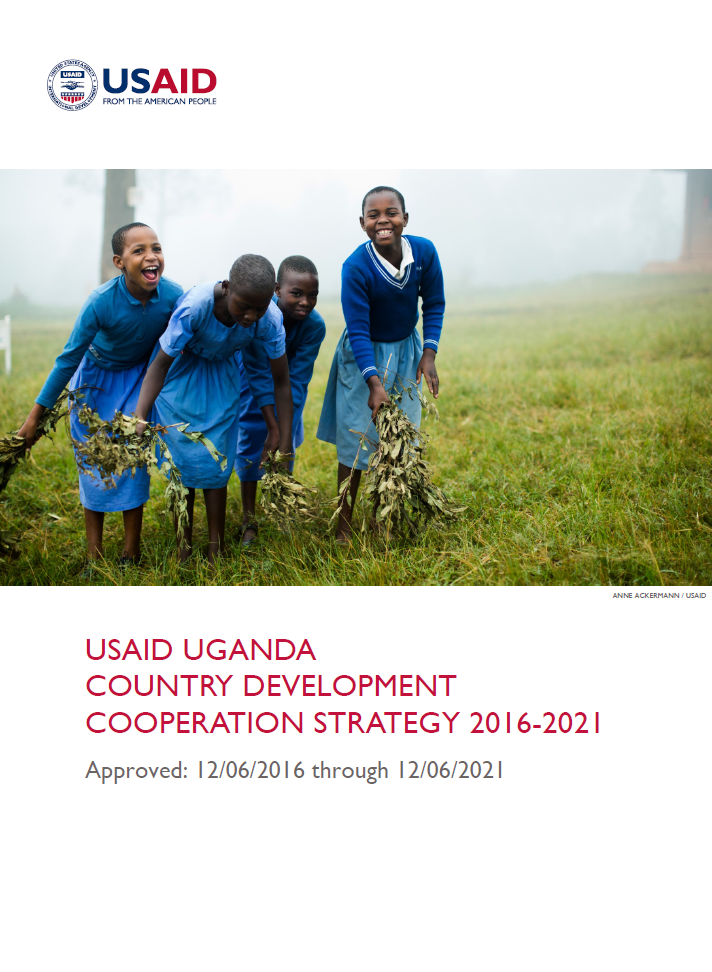Speeches Shim
In partnership with the people of Uganda, USAID/Uganda is firmly committed to addressing the fundamental challenges constraining the country’s development. Uganda is in the midst of a demographic tsunami with its population doubling every 16 years. Uganda’s systems must be transformed to rapidly increase agricultural productivity, curb accelerating environmental degradation, alleviate the burden of communicable diseases and educate and train a more and increasingly younger population of Ugandans that need to be both more productive and more involved as citizens. The rapidly growing population exacerbates high levels of youth unemployment and amplifies pressures on social, natural and other resources. Inadequately addressed, these issues will lead to a growing number of marginalized Ugandans without access to public or other services, lacking resilience to shocks and stresses, held back from progress and, thus, unable to realize their individual or collective potential.
USAID/Uganda’s strategic approach is designed for short-term results linked to long-term substantive returns, working within, rather than parallel to, Uganda’s local country systems, and engaging Ugandans in ways in which the country’s development is done “with” and “by” them rather than “to” them. The approach recognizes the need for: (i) deepening USAID’s partnership with the people of Uganda and their institutions; (ii) making more deliberate efforts to understand the ever- evolving context in which USAID operates; and (iii) helping Uganda build the capable, enlightened and accountable leadership at all levels of society and government that will allow USAID and other donors to ultimately step aside as, increasingly, Ugandans themselves drive sustainable development forward. USAID’s approach furthermore appreciates that Uganda’s development challenges are intertwined and mutually reinforcing. In response, USAID/Uganda proposes an integrated approach that will bring together a range of interventions to help thousands of Uganda’s families reach their hopes and dreams and the country as a whole to more fully realize the potential inherent in its resources and its people.
USAID has previously focused on addressing concrete and immediate health, education, or market needs through implementation at local levels. This approach has often been stymied by systemic challenges in the respective sectors of intervention. USAID/Uganda has learned that it must understand and work within local systems, even those that pose risks. Although USAID/Uganda will continue intervention in historic sectors and Agency funding streams, this change in approach will require a mind-shift to orient interventions toward disparate yet targeted challenges within respective local systems. With three integrated development objectives, aiming at increased resilience, addressing the demographic drivers and strengthening the systems, the Mission will continue to collaborate, learn and adapt to improve programmatic decision-making, its operations and the impact of its investments.



Comment
Make a general inquiry or suggest an improvement.